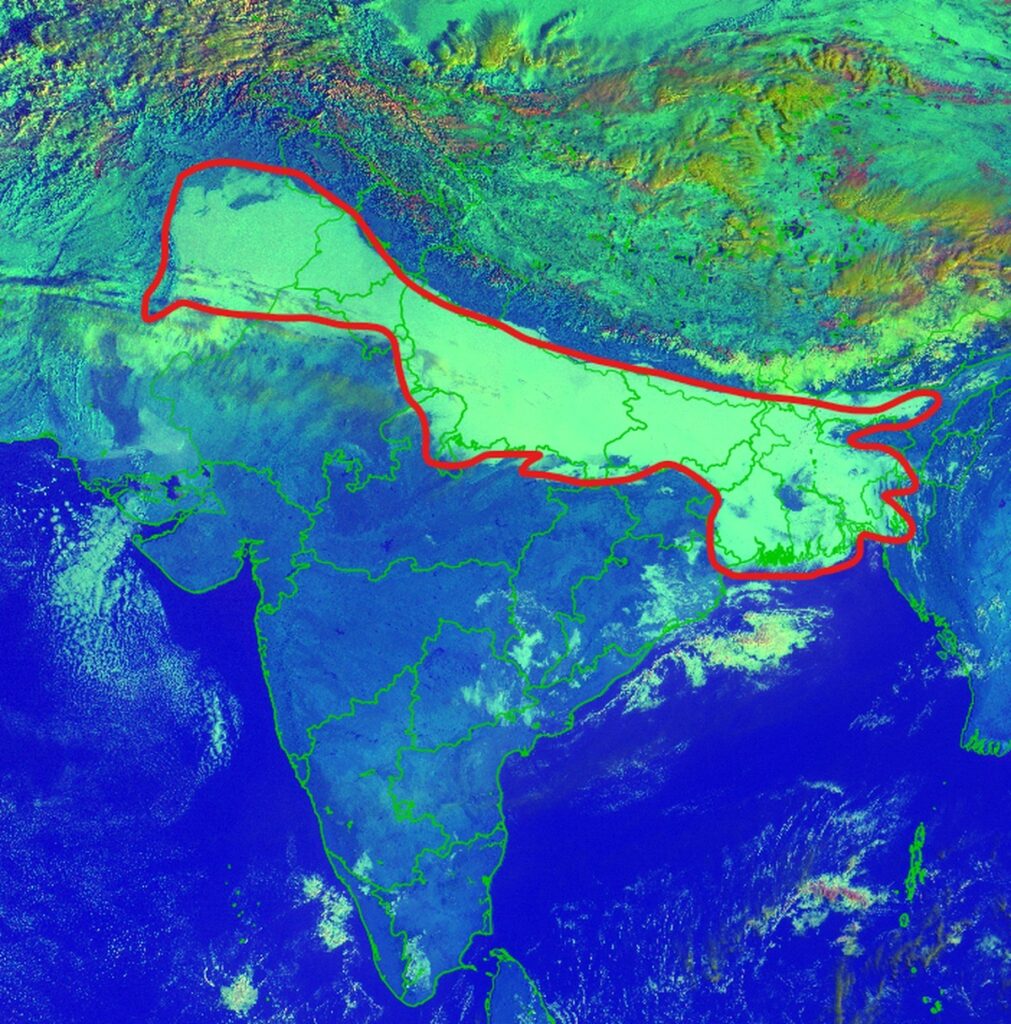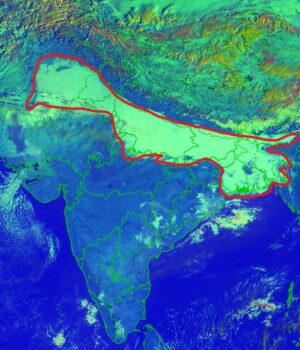In recent months, substantial portions of North India, encompassing states like Bihar, Uttar Pradesh, Uttarakhand, Haryana, Delhi, and Punjab, have grappled with an unwavering presence of dense fog since December 2023, persisting even into the last week.

A notable example occurred around 2 pm on January 16, where the India Meteorological Department (IMD) issued a warning about the heightened likelihood of “very dense fog” in Haryana, Chandigarh, and Delhi. The advisory specifically highlighted that visibility would plummet to less than 50 meters during the “night/morning hours.” Similar alerts were extended to Uttar Pradesh, Punjab, and Madhya Pradesh, with projections of visibility limited to the range of 50-200 meters.
At the heart of the weather forecasting and monitoring efforts is the sophisticated use of satellites by the India Meteorological Department. These orbiting instruments play a pivotal role in tracking and predicting fog patterns across the northern region of the country.
Satellites equipped with advanced sensors allow meteorologists to observe atmospheric conditions, cloud cover, and temperature variations. By analyzing this data, the weather department gains crucial insights into the formation, movement, and intensity of fog in North India. These insights, in turn, facilitate the timely issuance of alerts and warnings, helping residents and authorities prepare for challenging visibility conditions.
The deployment of satellite technology enables a comprehensive and real-time understanding of the fog’s dynamics, contributing to more accurate forecasts and improved public safety measures. The information derived from these satellites aids in formulating strategic responses, such as adjusting travel plans and enhancing transportation safety protocols.
As North India continues to grapple with the persistent foggy conditions, the integration of satellite technology into weather monitoring proves to be an invaluable asset for the India Meteorological Department. This technological synergy underscores the importance of innovation in addressing weather-related challenges and ensuring the well-being of communities affected by adverse atmospheric conditions.










